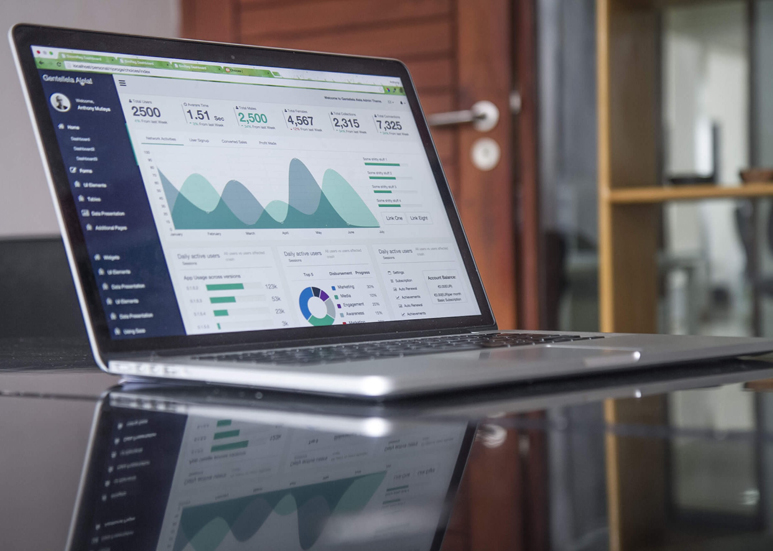The purpose of including images in your content is to add relevance and provide readers with visual support. However, did you know that you should optimise your photos for search engines?
Millions of people search Google for images. In that case, perhaps you should add a few relevant photos in your content to drive more traffic to your website? In the process, you will improve your search engine optimisation (SEO) rankings, earn clicks, and get better web visibility.
In short, you should optimise your images to increase your search engine rankings and engage with more users. In the long run, your SEO campaign will benefit the most if you continue to post well-optimised images.
However, one question remains: what makes an image SEO-friendly? Let’s find out today.
4 Tips For Optimising Your Images

1. Edit The Size And Dimensions
To start the first tip, let’s make it clear that image size and file size are different. Image size refers to the dimensions of the photo itself, while the file size is the amount of space required to store in a server.
Try to focus on resizing your images to avoid affecting the performance and speed of your website. Large sizes and higher resolutions can slow down your site’s loading times. For that reason, you should optimise your images to ensure your website is running smoothly.
When it comes to social media marketing, the hard part is resizing your images to fit the recommended size and dimensions based on the platform’s requirements.
For example, the recommended image size for a profile picture on Facebook is 180 x 180. As for Instagram, your profile picture size should be 110 x 110.
Resize your images based on the social media site’s recommendations. It will help you retain the quality of your photos! Do the same for your website by checking if your images are affecting the loading times and performance.
2. Choose The Right Image Format
Another factor to consider is choosing the right format for your images. You can choose from three options:
- JPEG
- GIF
- PNG
A JPEG is the most commonly used image format since it is easy to incorporate in various digital platforms. The only downside is that some JPEG images are inferior in quality, despite having a high resolution.
If you want to add a bit of flair to your website, blog, or social media posts, consider creating a GIF. Unlike videos, a GIF is an animation in the form of moving pictures that transition from frame to frame. Although, you might have trouble posting several GIFs on your website without affecting its speed and loading times.
For the best quality possible, you should choose a PNG as your go-to format. PNG images offer several layers of transparency for editing so you can improve its quality.
In conclusion, the perfect image format is up to you. You can post GIFs if you’re feeling a bit creative. As for choosing between a JPEG or PNG, it is hard to compare which one is better. The rule of thumb is that a JPEG is perfect for photographs, while a PNG is best for infographics and visuals.
3. Optimise The File Names
Keyword research is an integral part of SEO, and it also affects the way you can optimise your images. Optimise your file names by using relevant keywords to improve your SEO and get your pictures recognised by search engines.
Remember, search engines cannot read spaces or underscores. Instead, use hyphens as spaces so search engines will recognise the words individually. Make sure the keywords are relevant to your SEO, and your images will have a better chance of appearing on search engine results pages (SERPs).
4. Use Alt Tags And Optimise Image Titles
Similar to optimising your image file names, you need to use alt tags and create SEO-friendly titles. In doing so, you can boost your photos’ web visibility and SEO.
What is the purpose of using alt tags anyway? Since search engines can’t see or have a pair of eyes like humans, you need to describe your images in the form of alt tags.
Use relevant keywords in your alt tags, the same way you incorporate them in image titles and file names. Doing so will make your alt tags more readable for search engines, and it will boost their relevance to appear on more SERPs.
Conclusion
Optimising your images is just as vital as creating quality content to boost your SEO. Just remember to ensure your website speed is not affected by your photos, and you can bet that you will improve your SEO in the long run! Not only will you capture your reader’s attention, but a high-quality image will do wonders for your SEO.
For more tips and tricks, contact our SEO company in Singapore at 6391-0930.
